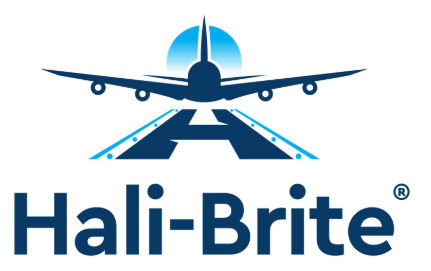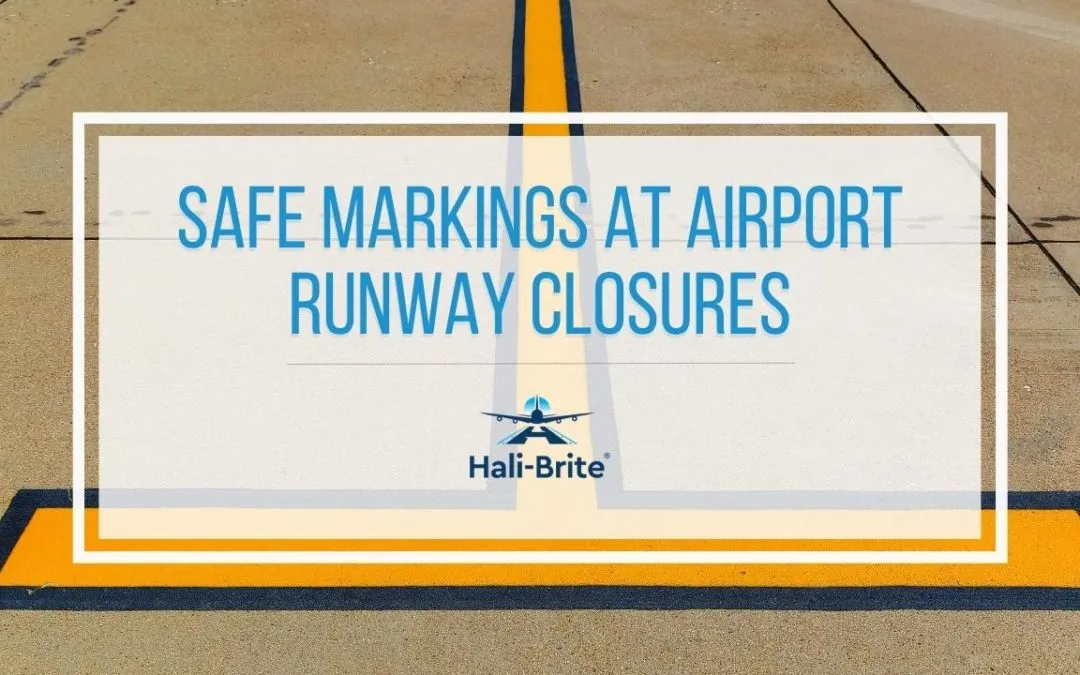Airport markings help prevent aircraft crashes and mishaps. Pilots use airport markings to determine airport directions and avoid potential accidents caused by hazardous airport conditions, such as runway closures. Airports can utilize a lighted runway closure X for the pilots to identify existing airport runway closures.
Here, you will know why an airport closes some of its runways, the standard markings we use, and their functions. The article also discusses the importance of having lighted runway closure X (crosses) on closed airport runways.
Why Do Runways Close?
Aircrafts use runways for landing and take-off operations. However, a runway can be permanently or temporarily closed for safety reasons. Here are some of the reasons for airport runway closures:
Runway Maintenance
Airport runway pavement can deteriorate due to weather conditions and traffic loads. Regular maintenance of runway pavements is critical to preserve their optimal function and ensure airport safety during flight operations. Runway pavement maintenance includes cleaning, filling, pavement grading, crack sealing, and marking restoration. During pavement maintenance, runways are partially or temporarily closed. Markings are also placed for pilots to recognize runway closure visually.
Airport Construction Activities
Airport construction activities can result in partial runway closure or displacement of the runway threshold. A portion of the runway pavement will be unavailable during partial runway closure for take-off and landing operations. As an alternative, the pavement portion behind the displaced threshold can be utilized as a take-off and landing area. An aircraft can only land from the opposing direction in these situations.
What Are Airport Markings?
Airport markings are useful information that aids pilots during landing, take-off, and taxiing. The Federal Aviation Administration (FAA) has established a uniform standard for airport markings, allowing pilots to recognize markings from one airport to another. Airport markings can be categorized as follows:
Runway Markings
A runway is the take-off and landing surface of an aircraft. A runway can be classified as either:
-
- Visual
- Nonprecision instrument
- Precision instrument
Visual runways do not have an instrument approach procedure. Nonprecision instrument runways utilize airport navigational aids, providing horizontal guidance only. In comparison, precision instrument runways use a precision instrument landing system that offers horizontal and vertical guidance.
Runway markings are painted white. Standard airport runway markings include the following:
Runway Centerline Markings. A runway centerline is a white line of uniformly spaced stripes and gaps, indicating the airport runway’s center that serves as a guide during landing and take-off.
Runway Designation Markings. Runway designations are white letters or numbers painted on the runway. A runway number represents the runway centerline’s compass heading measured clockwise from the magnetic north direction. On the other hand, runway letters are used to differentiate parallel runways, designated as letters L and R for two parallel runways and L, C, and R for three parallel runways.
Runway Threshold Markings. Runway threshold markings consist of white stripes with the same dimensions that indicate the runway area where an aircraft can begin its landing operation. The number of stripes varies with the runway width. For instance, a 100-feet runway width has eight stripes, while a runway with 200-feet width has 16 stripes.
Runway Aiming Point Markings. A runway aiming point consists of two broad white stripes on both sides of the runway centerline, indicating the aiming point for aircraft landing. Runway aiming points are located approximately 1,000 feet from the runway threshold.
Taxiway Markings
Taxiways are surface paths used for aircraft taxiing to different airport locations. Taxiway markings are painted yellow. Here are taxiway markings commonly used in an airport:
Taxiway Centerline Marking. Taxiway centerlines can either be normal or enhanced. A normal taxiway centerline is a single continuous yellow line that indicates that an aircraft is permitted to taxi along the path. On the other hand, an enhanced taxiway centerline includes parallel yellow dashes on both sides of the normal centerline. The enhanced centerline implies that the aircraft is approaching an area with a runway holding position marking.
Taxiway Edge Marking. Taxiway edge markings signify the edges of the taxiway, notably used when the taxiway edges do not correspond with the pavement edges. A continuous double yellow line indicates that the paved surfaces beyond the taxiway edge cannot be utilized by an aircraft. A dashed taxiway edge denotes that the aircraft can use the adjoining side of the pavement.
Other Markings
Permanently Closed Runways and Taxiways. A yellow cross is marked at the end of each permanently closed runway or taxiway. Furthermore, all other markings are removed, such as runway threshold, designation, and others.
Temporary Closed Runways and Taxiways. Instead of a painted yellow cross, a lighted runway closure X is used to indicate a temporarily closed runway. Temporarily closed taxiways are usually blocked with barriers to prevent aircraft entry. However, a lighted yellow cross can also be placed at each end of a temporarily closed taxiway.
Lighted Runway Closure X
A lighted runway closure X is usually installed to indicate airport runway closure. Lighted runway closure crosses consist of four arms that contain 20 spotlights, forming an illuminated X. A lighted runway closure X is portable and easy to set up. Moreover, the lighting operation of a lighted runway closure X can last up to 140 hours of usage.
Lighted closure crosses can aid pilots during aircraft navigations. A lighted runway closure X ensures that pilots can readily recognize an airport runway closure, allowing them to avoid landing on a closed runway. Furthermore, the illumination from the lighted cross provides pilots with clear visuals of runway closure markings, especially during night flight operations or conditions with poor visibility.
Make Your Airport Safer With Hali-Brite
A lighted visual aid that indicates an airport runway closure must comply with the FAA standards. We at Halibrite can provide you with FAA-certified LED Portable Lighted Runway Closure Marker that can be installed during airport runway closures. You can contact us here so we can assist you in buying one.


